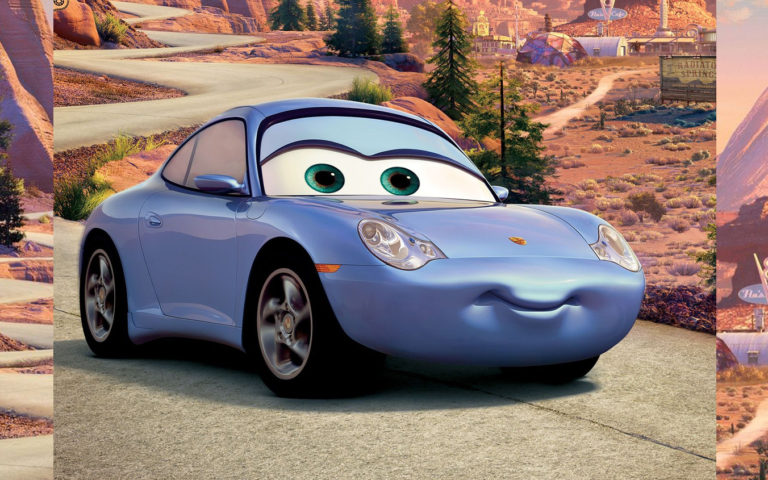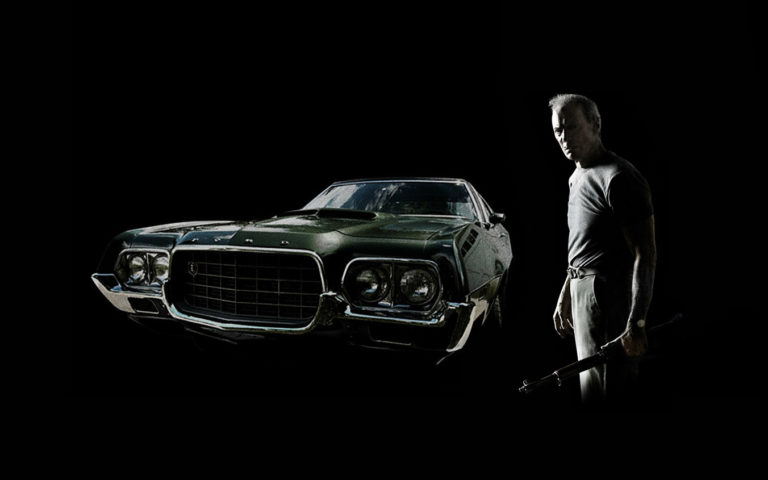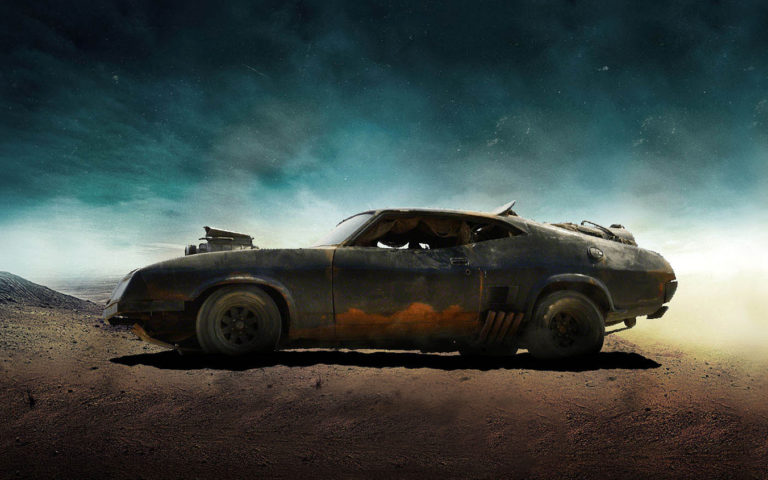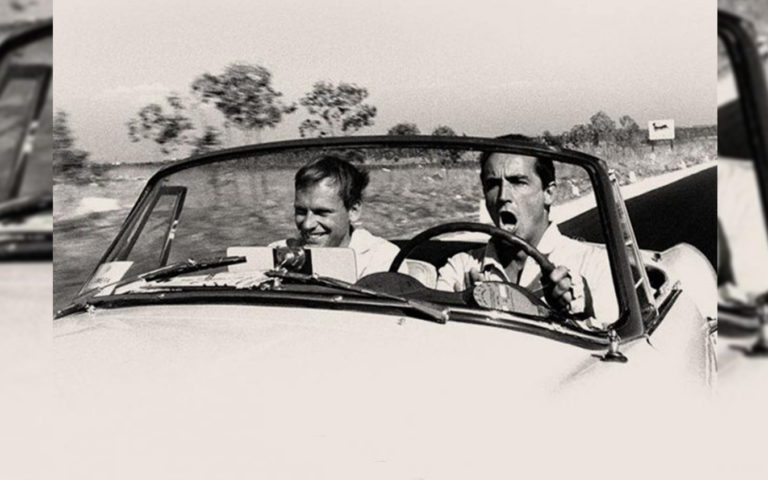Cars & Movies 3. Porsche: The Elegance of Seduction
06 June 2021 3 min read 9 images

Without a shadow of a doubt, Porsche’s best representation in cinema was the one conceived by John Lasseter in Pixar’s famous film, Cars. Designed as a seductive girl that Lightning McQueen, the happy-go-lucky star of the film, falls in love with, the 911 is the perfect picture of the everlasting success of this model. At a time when gender equality is finally a reality, the union of its harmonious and seductive contemporary lines with the excellence of performance in every condition, is the best representation that can be made of the female gender (almost a denial of gender equality... was one ever really superior to the other?!).
Register to unlock this article
Signing up is free and gives you access to hundreds of articles and additional benefits. See what’s included in your free membership. See what's included in your free membership.
Already have an account? Log In


